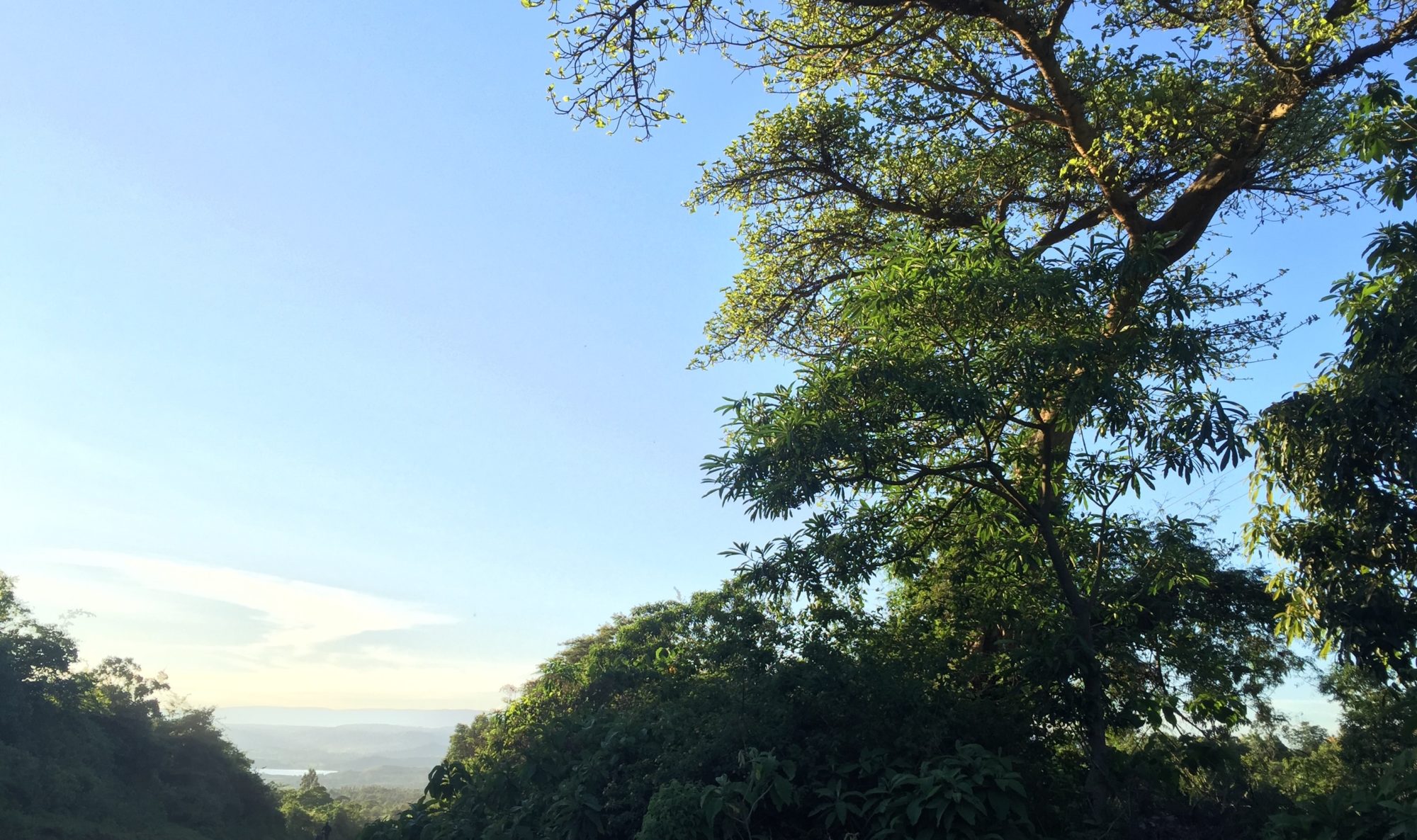Materials marked with a ♦ can be read directly, in final or pre-print form. For other materials, if you cannot access them, contact me and I’ll send you a copy.
♦ Andrason, Alexander, and Andrew Harvey. 2024. Instability of interactives: The case of interjections in Gorwaa. In: Open Linguistics, 10(1), 20240033. DOI: <10.1515/opli-2024-0033>
Andrason, Alexander, Andrew Harvey & Richard Griscom. (2023). The form of emotions: the phonetics and morphology of interjections in Hadza. In: Poznan Studies in Contemporary Linguistics. DOI: 10.1515/psicl-2022-1037
♦ Sands, Bonny, Andrew Harvey, Maarten Mous, and Mauro Tosco. 2023. Why Hadza is (probably) not Afroasiatic: a discussion of Militarev’s “Hadza as Afrasian?” Journal of Language Relationship • Вопросы языкового родства • 21:1–2. pp. 91–109 Link: https://jolr.ru/files/(334)jlr2023-21-1-2(91-109).pdf
♦ Harvey, Andrew, Gibson, Hannah and Griscom, Richard. “Preverbal clitic clusters in the Tanzanian Rift Valley revisited” Journal of African Languages and Linguistics, vol. 44, no. 2, 2023, pp. 175-239. DOI: 10.1515/jall-2023-2010
♦ Sands, Bonny; Harvey, Andrew; and Griscom, Richard (2023) “Reconnecting through language in Africa,” Living Languages • Lenguas Vivas • Línguas Vivas: Vol. 2: No. 1, Article 6. DOI: 10.7275/vktz-cy05
♦ Didier Demolin, Alain Ghio, Andrew Harvey. Acoustic and Aerodynamic Features of Hadza Clicks. In: 20th International Congress of Phonetic Sciences, 2023, Prague, Czech Republic. pp.3387-3391. Link: https://hal.science/hal-04248345 Download
♦ Hedvig Skirgård et al. 2023. Grambank reveals the importance of genealogical constraints on linguistic diversity and highlights the impact of language loss. Science Advances 9. DOI: 10.1126/sciadv.adg6175 Download
Harvey, A. (2020). H. Ekkehard Wolff (ed.): The Cambridge Handbook of African Linguistics.(Cambridge Handbooks in Language and Linguistics.) xxxi, 803 pp. Cambridge: Cambridge University Press, 2019. ISBN 978 1 108 41798 3. In: Bulletin of the School of Oriental and African Studies, 83(2), pp. 386-388. DOI: 10.1017/S0041977X20002335
♦ Saqwaré, Bu’ú, Paschal Bu’ú, Andrew Harvey, and Raheli Lawi. 2019. Koonkír Hhandoo. In: McCabe, Chris (ed.) Poems from the Edge of Extinction: an Anthology of Poetry in Endangered Languages. pp. 42-51. London: Chambers. Download
♦ Griscom, Richard, Andrew Harvey, and Anne Kruijt (eds.). 2020. Rift Valley Bibliography Version 1.3. DOI: 10.5281/zenodo.4300224
♦ Harvey, Andrew. 2019. Gorwaa (Tanzania) – Language Contexts. In: Peter K. Austin (ed.) Langauge Documentation and Description 16: 127-168. London, ELPublishing. PID: http://www.elpublishing.org/PID/171 Download
♦ Harvey, Andrew. 2018. Pakani: A Gorwaa story. In: The SOAS Journal of Postgraduate Research 11: Decolonisation in Praxis. pp. 153-184. Stable URL: http://eprints.soas.ac.uk/26318/ Download
This paper presents 134 lines of the Pakani story, transcribed, translated into English, along with a linguistic gloss of the words. Additionally, each line of text given may be resolved back to its original utterance in an open access audiovisual record available online through the Endangered Languages Archive at SOAS.
♦ Harvey, Andrew. 2018. The Gorwaa noun: Toward a description of the Gorwaa language. Doctoral dissertation, SOAS, University of London. DOI: 10.5281/zenodo.2527527 Download
♦ Harvey, Andrew. 2018. Word-markers: toward a morphosyntactic description of the Gorwaa noun. SOAS Working Papers in Linguistics Vol. 19 pp.49-89. Stable URI: http://eprints.soas.ac.uk/id/eprint/26253 Download
Harvey, Andrew. 2018. Maarten Mous: Alagwa – a South Cushitic language of Tanzania: Grammar, Texts and Lexicon. Journal of African Languages and Linguistics, 39(1), pp. 115-120. DOI: https://doi.org/10.1515/jall-2018-0007
♦ Harvey, Andrew, and Abel Yamwaka Mreta. 2016. Swahili Loanwords in Gorwaa and Iraqw: Phonological and Morphological Observations. In the Jarida la Kiswahili la TATAKI no.79. pp. 156-177. 2016. DOI: 10.5281/zenodo.2527517 Download
♦ Harvey, Andrew. 2014. Epenthetic vowels in Swahili loanwords. In The Journal of Linguistics and Language Education, vol.8 no.2. pp 17-45 University of Dar es Salaam. DOI: 10.5281/zenodo.2527487 Download
NOTE: Typographical error in the published version renders many of the figures unreadable. The versions provided have all figures as intended.
